Here in Seattle, Washington, boating season officially opens on the first Saturday in May with a grand parade of decorated boats. Thousands of people turn out for the celebration. The end of the season closes without fanfare, and only a few of us keep boating as the months of cold and rain set in. Even in midwinter, the weather here isn’t often cause for misery as long as you dress properly.Feeling the chill often stars at the extremities: the feet, hands, and head. Protecting these areas from weather has been the mission of Sealskinz since the company’s founding in 1996. Their waterproof, windproof, and breathable socks, gloves, and hats are designed and manufactured in Great Britain. I started using Sealskinz socks in 1998, and they have performed well and held up for many years of sea kayaking and bicycling.I have a new pair of Sealskinz socks now as well as their gloves and a knit beanie. They are all composed of three layers; the inner and outer layers differ with the article, but the inner layer of all is a membrane that is waterproof, windproof, and breathable. While there are outdoor fabrics with the same characteristics, Sealskinz products set themselves apart with a membrane and fabrics that stretch.
Join The Conversation
We welcome your comments about this article. To include a photo with your remarks, click Choose File below the Comment box.

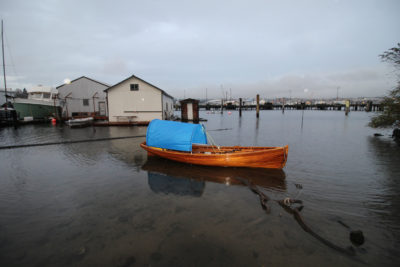

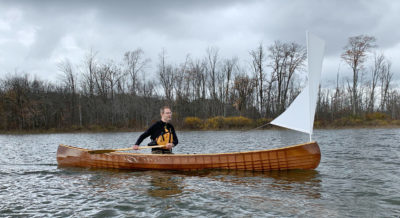
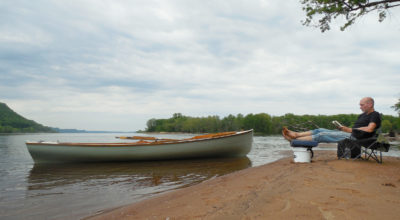

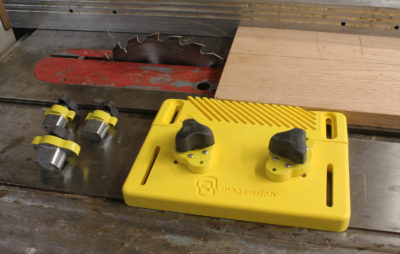
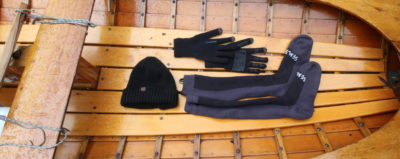


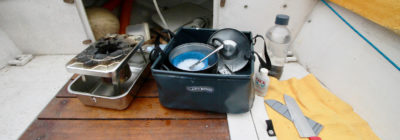
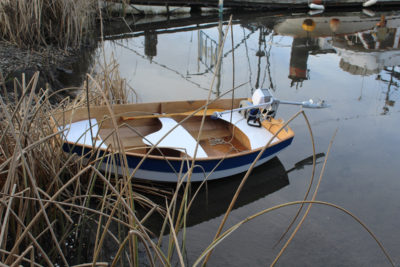
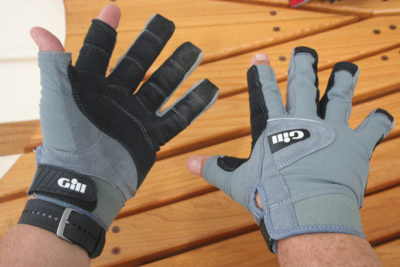
I too can vouch for the utility of the sealskinz knee high socks. As you mentioned they perform like boots, keeping my feet and lower legs warm and dry when I launch and retrieve my KDI sailing dinghy. Readers may scoff at such precautions in sunny Santa Barbara where I live, but the Pacific dips into the 50s come December. Btw, I wear mine with Teva sandals and underneath my rain pants. I read about this product in an article by Geoff Kerr a couple years ago.
Tomorrow and tomorrow and tomorrow,
Creeps at his petty pace from day to day,
To the last syllable of recorded time.
And all his yesterdays are filled with false promises of “waterproof” socks.
It is a tale told by an idiot, full of cold soggy trotters,
And so, once more, he clicketh, “ADD TO CART”
Perchance these will be different.
-With apologies to the bard, and Sealskinz (if they work).
Awaiting your review, Mr. Inglis!
I once was the crew on a whaleboat as a youth. Winter sailing was fun but often we would come back with ice on the gunwales and fingers and toes that were painful. My trick was waist-high waders with two layers of wool under. That got me all the forward duties that involved the bow spray. Still got cold after a time out there from the rubber.
If you read my prior review, please disregard. This update is more accurate.
To test for waterproofness, I turned the socks inside out, filled them with water, mashed on them a bit, and did not note any moisture seeping through. I then reversed the sock, put it on, and stood up in a cold bucket of water up to mid calf for ten minutes, which included some walking in place, and still no water intrusion. I even checked with a moisture meter: 30% on the outside, 0% on the inside after removal.
My on-the-water experience was not as positive because I ended up wading into the water to just above my knee and a surprising amount of water got in from over the top of the sock. Once in, it remains trapped, so keep that in mind! It would have been nice if the cuff could have made a seal around my upper calf.
One curious thing about these socks is that the waterproof membrane is transparent, so if you shine a light through the sock from behind you can see what looks like gaps and holes between the weave. This made me believe the membrane was a phantom. However, with the right lighting coming from the same side of the sock as the observer, and if the fabric is gently stretched over a convex surface, you can see light reflected off the membrane through the gaps.
Finally, these socks are reasonably warm, especially if they are not sopping wet on the outside and you are active. Drysuit socks or waders sized to allow layers of heavy socks underneath (as described above by Mr. Kunzig) would be more appropriate for long exposures to freezing water.
I think the editor’s review is pretty spot on and my quest for a waterproof sock for temps down to the mid 40s is over.
Have you tried kayaking with the knit gloves? I really dislike neoprene-type gloves, but at times one would like warmer hands.
The Sealskinz knit gloves work well for kayaking. I use a carbon-fiber wing paddle; it has a slick shaft and a glove that doesn’t have a reliable grip would be a nuisance. The rubbery dots on the gloves have a tacky feeling when I grip the paddle shaft. That works great for the control hand—it stays put. For the other hand the dots are a bit too sticky and I have to loosen my grip a little more than usual. A quick remedy is to dip my hand in the water. That makes the grip just right—slippery enough for feathering, positive enough to keep my hand in place and pull hard.
I have no creases in the glove between my hands and the paddle shaft so I had a smooth contact all around. When I dipped my hand in the water, I could feel the cooling effect, but after a few more minutes the water seemed to evaporate from the glove and my hand was fully warmed again.
I’d love to hear your suggestion for shoes to wear in my Expedition wherry.